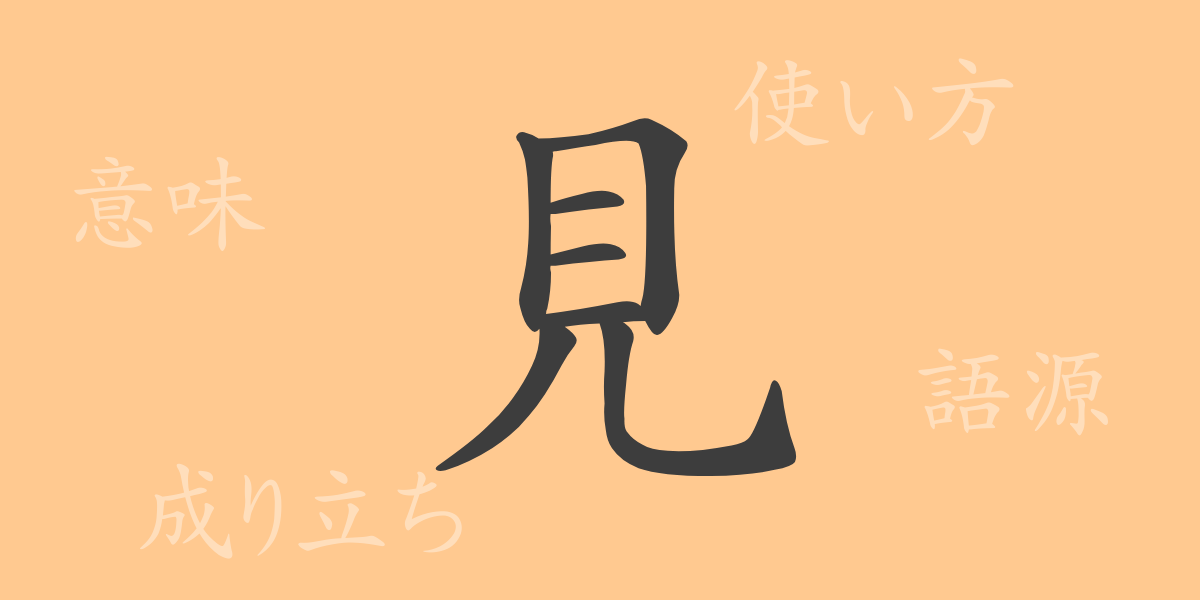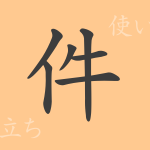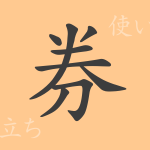Kanji are deeply rooted in our daily lives. Among them, “見” (みる, miru) is one of the essential kanji representing a basic human sense. This article delves into the charm of the kanji “見” (みる, miru), exploring its origin, meaning, usage, readings, and Japanese idioms and proverbs reflecting the Japanese spirit. Let’s explore the invisible world of “見” (みる, miru) and aim for a deeper understanding of the Japanese language.
Origin of 見
The kanji “見” (みる, miru) developed from ancient Chinese pictographs. Originally, it combined “目” (め, me), meaning eye, with “儿” (er), representing a foot, depicting a person looking at something. Over time, the shape evolved into the current form “見” (みる, miru), but its essential meaning of “to see with one’s eyes” remains unchanged.
Meaning and Usage of 見
The kanji “見” (みる, miru) means “to see” or “to perceive with sight.” It is also used metaphorically to mean “to meet,” “to visit,” “to try,” or “to experience.” This kanji is extensively utilized in various expressions within the Japanese language.
Readings, Stroke Count, and Radical of 見
The readings and basic information about the kanji “見” (みる, miru) are as follows:
- Readings: On’yomi – ケン (けん, ken); Kun’yomi – みる (みる, miru), みせる (みせる, miseru), みえる (みえる, mieru)
- Stroke count: 7 strokes
- Radical: 目 (め, me, or めへん, mehen)
Idioms, Proverbs, and Phrases Using 見
There are numerous idioms, proverbs, and phrases that include “見” (みる, miru), each reflecting Japanese life, values, and thinking. For example, “一見の価値あり” (いっけんのかちあり, ikken no kachi ari) means “worth seeing at least once,” and “見るは一時の恥、見ぬは一生の恥” (みるはいちじのはじ、みぬはいっしょうのはじ, miru wa ichiji no haji, minu wa isshou no haji) conveys the lesson that it is better to experience something even if it causes temporary embarrassment, rather than regret not experiencing it for a lifetime.
Conclusion About 見
The kanji “見” (みる, miru) symbolizes the fundamental act of understanding the world. Used in various expressions in the Japanese language, “見” (みる, miru) carries more than just the meaning of a character. Through this article, we hope you appreciate the profound meaning and history embedded in each kanji, and take the opportunity to reflect on the rich culture behind the words.

























